The jubilant days of celebrating the 50th anniversary of the Liberation of the South and National Reunification are also a very meaningful occasion to look back at the glorious and proud history of the National News Agency throughout its journey with the nation, and to honor and express gratitude for the contributions of the staff, reporters, editors, technicians and employees of the Vietnam News Agency (VNA) who participated in the resistance wars to protect the Fatherland and fulfill international obligations.
The story of the priceless map
Journalist-Photographer Dinh Quang Thanh is one of the veteran photographers of VNA.
In 1975, he was assigned to join the "Spearhead Team" of VNA to follow the troops to liberate Saigon. He took photos recording valuable historical moments during the Ho Chi Minh Campaign 50 years ago.
One of the stories that many people mention when remembering journalist Dinh Quang Thanh is the story about the map of Saigon, which he gave to Regiment 66.
Journalist Dinh Quang Thanh recounted that after our army broke through the enemy's defense line in Phan Rang, the "Spearhead Team" reporters discussed going to Da Lat, planning to go from Da Lat to Bien Hoa to get to Saigon sooner.
But when we reached Da Lat, we met the commanders of our 3rd Corps. The commanders advised us to return to Route 1 and follow the 2nd Corps, which would likely enter Saigon sooner.
Before returning from Da Lat, the "Spearhead Team" stopped by the puppet army's Map Office to take photos and collect documents. While his colleagues were interviewing and collecting documents, journalist Dinh Quang Thanh saw several stacks of large-sized maps neatly stacked in a corner.
He took two sets and put them in his backpack, thinking that later when he went to Saigon, he would have a map to find the work address without worrying about getting lost.
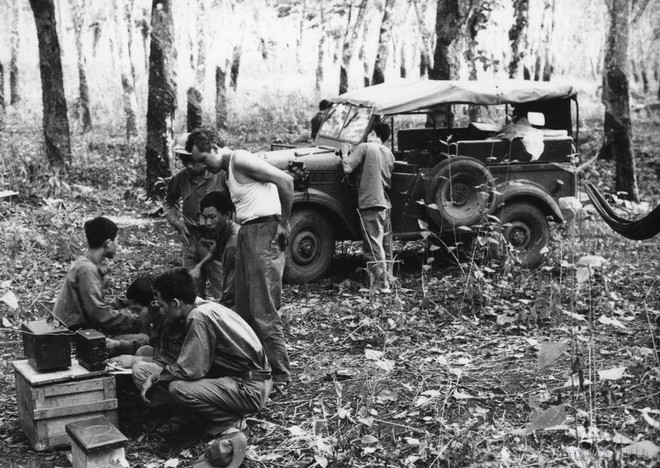
When the "Spearhead Team" reporters returned, Xuan Loc had been liberated. On the way, the journalists met officers from Division 304, a sister unit of VNA (then called Vietnam News Agency - VNTTX). The Division commander welcomed the reporters into a rubber forest near Nuoc Trong base, not far from Bien Hoa city.
Journalist Dinh Quang Thanh and journalist Hua Kiem accompanied the main spearhead of the II Corps, including the 203rd Tank Brigade and the 66th Heroic Regiment of the 304th Division, also known as the "Deep Thrust Corps."
During the process of discussing the plan to attack and capture the Independence Palace, the Command Board of the “Deep Thrust Corps” sat down to discuss plans to advance into Saigon. At that time, the commanders of Regiment 66 only had a combat map, approximately the size of a sheet of A4 paper today.
The map showed the directions of attack into Saigon, but there were no street names, no specific instructions on how to get from the rubber forest to Saigon...
Seeing the Regiment commanders struggling to find their way, journalist Dinh Quang Thanh remembered the map he had brought from Da Lat and kept in his backpack. He thought that perhaps this map with full street names of Saigon could help them find their way to Saigon easily. So, he gave a map to the commander of Regiment 66.
The map was given at the right time when the brothers needed it the most. The regimental commander was very happy. He immediately spread out a map as big as a mat in the middle of the rubber forest, carefully studied each route to Saigon, and assigned specific tasks to each unit and team.
The teams took notebooks to record the detailed route they needed to take. Thanks to their firm grasp of the route, the soldiers of the "Deep Thrust Corps" successfully attacked Saigon on the morning of April 30, 1975.
Journalist Dinh Quang Thanh said that at that time he saw that the soldiers needed it so he gave it to them, but didn't think much of it, and didn't tell anyone about it.
Until 10 years ago, during the exchange on the occasion of the 40th anniversary of the Liberation of the South and the reunification of the country between VNA and the Vinh Quang Division (Division 304), Lieutenant General Pham Xuan The recalled: "When we were assigned to the task of being in the army unit to penetrate deep into Saigon city, we were very confused because we did not know what the inner city was like. We only had a military map in hand, not an administrative map of the city."
"On April 22, when the Command Committee met to discuss the battle plan to attack the inner city of Saigon, journalist Dinh Quang Thanh attended. When we spread out the military map to mark where the Independence Palace was, where the radio station was, where Ba Son port was... journalist Dinh Quang Thanh showed us the administrative map of Saigon city. Thanks to that map, the unit determined how many three-way and four-way intersections the troops would have to cross from the position of the advancing army to reach the Independence Palace, and at which intersections to turn left, which intersections to turn right..."
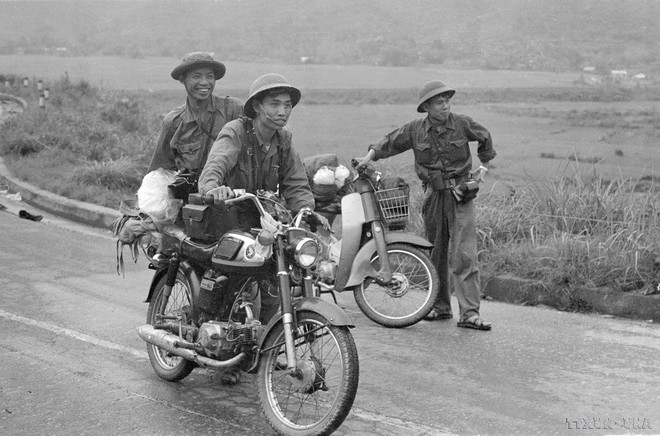
Thanks to the convenient way to enter Saigon, on the morning of April 30, Regiment 66 entered the Independence Palace the earliest, captured the entire cabinet of Duong Van Minh and brought them to the Radio Station to announce unconditional surrender at noon on April 30.
Later, this map was transferred by the Regiment to the 304th Division and is now kept at the 2nd Corps. The photo of the command discussing the battle plan to attack Saigon using the map is currently kept at VNA and the 304th Division.
Remembering the heroic days of the country
Recalling the glorious days of the country 50 years ago, journalist Ngoc Bich, former reporter and editor of the Southern News Department and Domestic News Department (Vietnam News Agency) shared: “We - reporters and editors of the Southern News Department are proud to have lived and witnessed the glorious and brilliant days of our army and people defeating the most powerful empire in the world.”
According to journalist Ngoc Bich, with the opening victory, on March 10, 1975, Buon Me Thuot was liberated, followed by Gia Lai and Kon Tum provinces. News and images of the puppet army fleeing on the Central Highlands routes were simultaneously reported by reporters from the Liberation News Agency, military reporters and foreign press. During these days, reporters and editors, without anyone telling them, were all present at the office from 6 o'clock and stayed as late as possible in the evening to receive and wait for news.
News of victory from all over the world kept pouring in. As soon as a news was released, another half hour later there was another news… The Southern News staff lived in moments filled with happiness.
On the morning of April 30, 1975, at 10:30 a.m., the Committee received news that our troops had entered the Independence Palace. Saigon had been liberated. A loud artillery barrage exploded from the fifth floor of the VNA headquarters at 5 Ly Thuong Kiet (Hanoi).
During those historic days, there were always crowds of people waiting for news in front of the agency. Fireworks exploded, waves of people crowded the park in front of VNA, cheering loudly, many people cried and shouted: "Long live Ho Chi Minh, long live Vietnam"... Then the sea of people sang the song "Liberation of the South" by musician Luu Huu Phuoc...
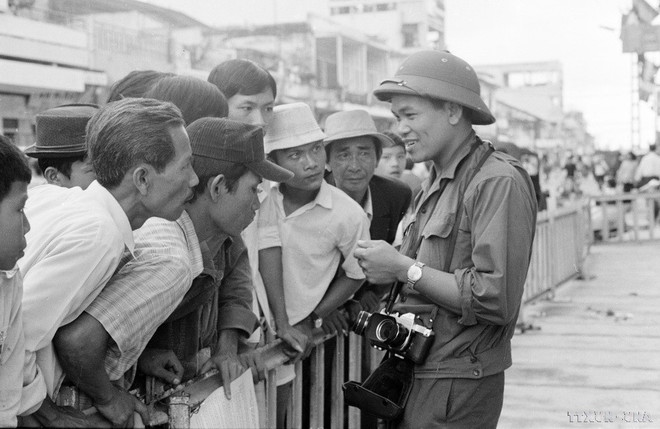
News and articles from reporters of VNA and the Liberation News Agency (LPA) continuously poured in to report on the first day Saigon, the citadel of the Fatherland, was liberated.
In the following days, a series of news articles about our army liberating the provinces of the Southwest, down to Ca Mau cape, were continuously sent in. Then news articles and photos about welcoming communist soldiers back from Con Dao prison...
Along with that was information on the establishment of the Military Management Committee to take over the city, news articles about the first days of the people of the provinces and cities living in peace...
“Although 50 years have passed, the memories of the days living and working together at the Department are always in our hearts. We are always proud to live, work, and stand in the ranks of VNA staff and reporters, proud of a strong VNA today,” journalist Ngoc Bich shared./.
Source: https://www.vietnamplus.vn/nhung-cau-chuyen-xuc-dong-nhung-ky-niem-khong-the-nao-quen-cua-cac-nha-bao-chien-sy-thong-tan-post1034731.vnp



![[Photo] Prime Minister Pham Minh Chinh receives Swedish Minister of International Development Cooperation and Foreign Trade](https://vphoto.vietnam.vn/thumb/1200x675/vietnam/resource/IMAGE/2025/5/12/ae50d0bb57584fd1bbe1cd77d9ad6d97)
![[Photo] Prime Minister Pham Minh Chinh works with the Standing Committee of Thai Binh Provincial Party Committee](https://vphoto.vietnam.vn/thumb/1200x675/vietnam/resource/IMAGE/2025/5/12/f514ab990c544e05a446f77bba59c7d1)


![[Photo] Prime Minister Pham Minh Chinh starts construction of vital highway through Thai Binh and Nam Dinh](https://vphoto.vietnam.vn/thumb/1200x675/vietnam/resource/IMAGE/2025/5/12/52d98584ccea4c8dbf7c7f7484433af5)


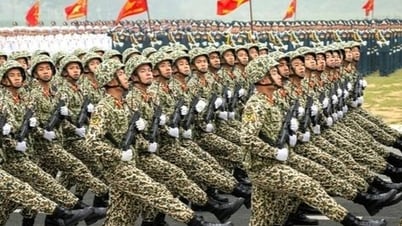


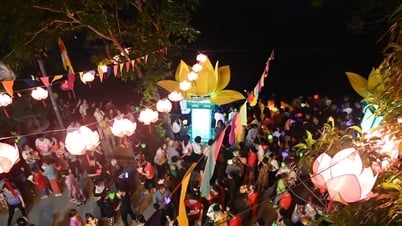









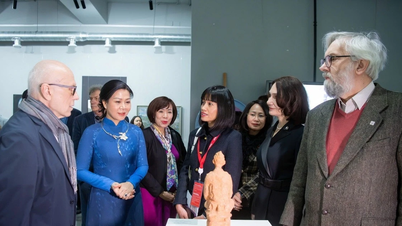



















































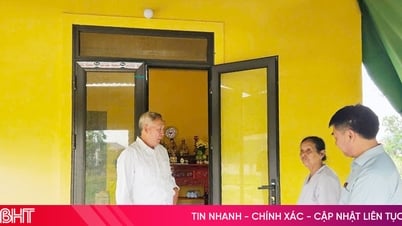

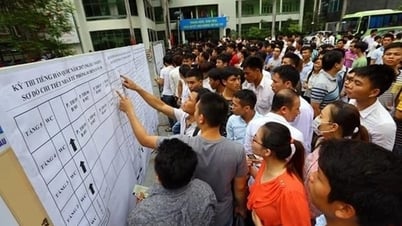
















Comment (0)